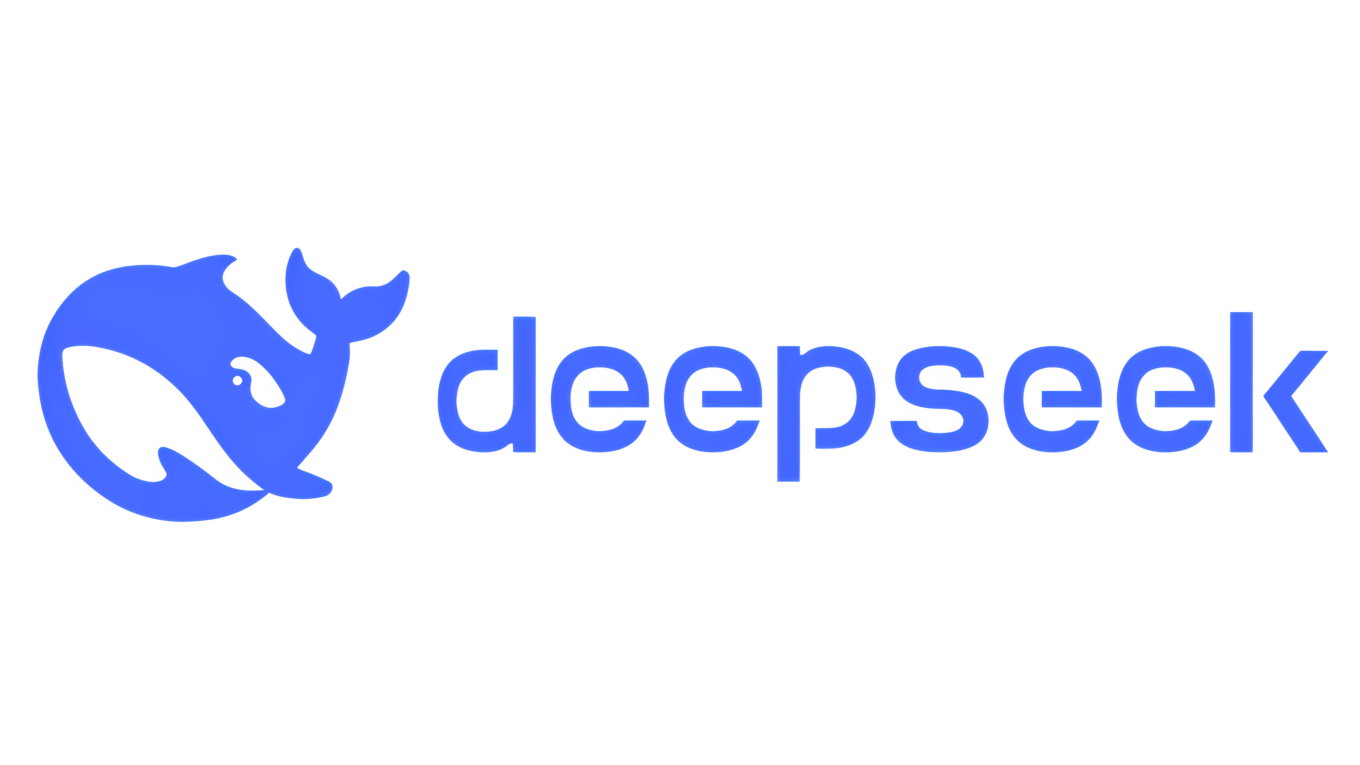In recent years, with the rapid development of large language models (LLMs), many corporate executives have been eagerly embracing this technology, believing it to be a panacea for all problems. Since early 2025, the rise of DeepSeek has further fueled market enthusiasm, especially in Hong Kong, where many enterprises have begun massive investments in LLM-related infrastructure in an attempt to establish local large-model applications.
However, amid this craze, many companies overlook a critical question: Is an LLM truly suitable for all scenarios? Is it really necessary to run a 261B-parameter model and allow thousands of users to access it simultaneously? Additionally, hardware limitations pose a significant challenge, particularly in Hong Kong and mainland China, where high-end GPUs are restricted. Can enterprises efficiently and cost-effectively operate these large models? This article explores the actual value of LLMs from the perspectives of technology, cost, application scenarios, and alternative solutions, cautioning enterprises against blindly treating LLMs as omnipotent solutions.
LLM’s Technical and Resource Requirements
Large language models such as DeepSeek-261B and GPT-4 have an astonishing number of parameters, requiring immense computational resources to operate. For instance, a model of DeepSeek-261B’s scale far exceeds the computing capacity of most enterprises. Even with NVIDIA H100-class GPUs, dozens or even hundreds are needed to ensure smooth operation.
However, the highest-level GPU available to Hong Kong enterprises is currently the L20 (Note: H20 likely no longer available in China), which is far less powerful than H100 or H200. Running such a massive model on L20 GPUs could require hundreds or even thousands of servers to meet computational demands, leading to exorbitant infrastructure costs and high electricity consumption.
Is such an investment worthwhile? In many application scenarios, enterprises do not require models of this magnitude. For example, applications in financial risk assessment, medical diagnostics, and legal document analysis often perform well with smaller, fine-tuned LLMs rather than ultra-large models.
Application Scenarios and Limitations of LLMs
Many corporate executives perceive LLMs as “able to answer questions, therefore able to solve all problems.” However, this is an oversimplified misconception. While LLMs excel in natural language processing, they have several limitations in various applications.
- Limited Computational Accuracy
LLMs are fundamentally probabilistic and statistical models, not designed for precise calculations. Using an LLM for financial computations, scientific calculations, or engineering numerical analysis often yields inaccurate results, sometimes leading to errors. Traditional programming languages and numerical computing tools (such as Python’s NumPy or Matlab) are far more suitable for such tasks.
- Inability to Access Real-Time Information
LLMs derive their knowledge from training data, meaning they cannot access real-time information unless supplemented by external APIs or databases. For example, in financial market forecasting or news summarization, if an LLM lacks access to real-time data sources, its outputs may be outdated or incorrect.
- Context Processing Limitations
While LLMs can handle long texts, their memory capabilities are still limited in many complex application scenarios. In legal document review or lengthy technical literature analysis, an LLM may struggle to retain and process hundreds of pages of content coherently. Enhancing performance in such cases requires integrating auxiliary technologies like vector databases and knowledge graphs.
- Issues with Content Reliability
Since LLM responses are based on probabilistic models, they may generate seemingly plausible but incorrect content (a phenomenon known as “hallucination”). In critical applications such as medical diagnostics, financial decision-making, and legal advisory, such hallucinations can lead to serious consequences. Therefore, enterprises should not rely solely on LLMs but should establish supporting mechanisms such as human review and integration with specialized knowledge bases to mitigate risks.
Alternative Solutions and Best Practices
Given LLM limitations, enterprises should adopt a more pragmatic approach to AI application planning rather than blindly pursuing ultra-large-scale models. Below are some more reasonable solutions:
- Use Smaller, Fine-Tuned LLMs
Instead of deploying a 261B-parameter mega-model, enterprises can opt for smaller models (ranging from 7B to 30B parameters) that are fine-tuned for specific use cases. These models are more efficient for enterprise applications and require significantly less hardware.
- Enhance Accuracy with Retrieval-Augmented Generation (RAG)
RAG technology enables LLMs to retrieve relevant information from an enterprise’s internal database before generating responses, reducing hallucination issues and improving content accuracy.
- Combine LLMs with Traditional AI and Specialized Tools
In many applications, LLMs alone are insufficient. For instance, in financial risk analysis, LLMs can assist in report analysis and summarization, but actual calculations should be handled by traditional data analysis tools. Additionally, in fields like medical diagnostics and supply chain optimization, combining LLMs with knowledge graphs and rule-based engines often yields more reliable results.
- Balance Cloud and On-Premises Deployment
Since on-premises LLM deployment requires vast computational resources, enterprises should consider a hybrid deployment strategy—using cloud computing for certain applications while keeping critical data processing on local servers to balance performance and security.
Conclusion: LLMs Are Not Omnipotent, Applications Require Thoughtful Planning
Large language models are undoubtedly one of the most promising AI technologies in recent years, but they are not all-purpose tools. Enterprises must carefully plan their implementation to avoid excessive investment and misapplication. In particular, LLMs still have significant limitations in computational accuracy, real-time data access, and content reliability.
To truly unlock AI’s value, enterprises should select appropriate technologies based on their specific needs and integrate LLMs with other tools instead of blindly treating them as a “crystal ball” that solves all problems. Only through such an approach can businesses realize genuine commercial value in the AI wave.
